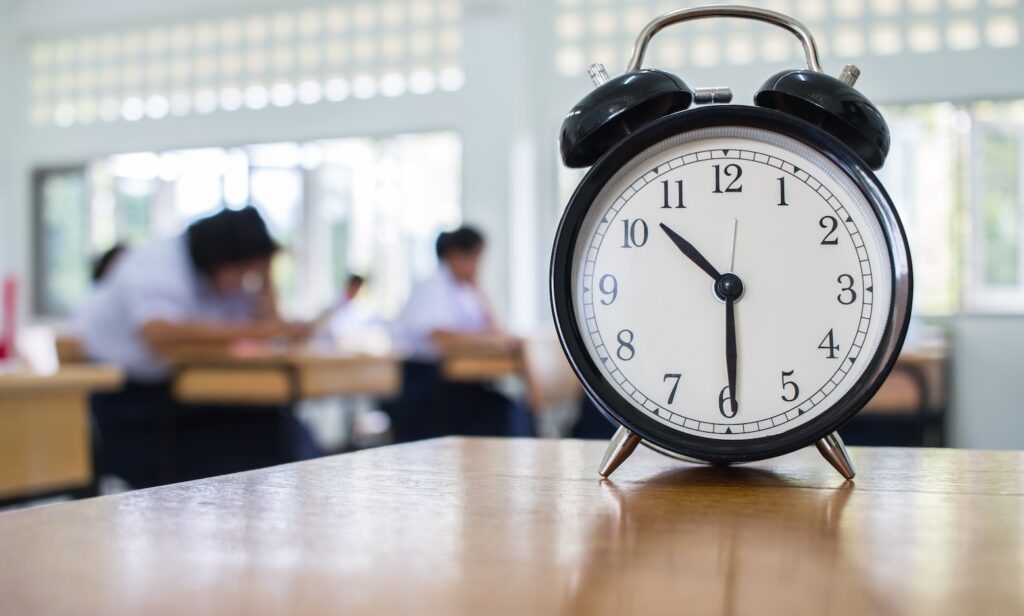Study: Homeschoolers learn more in fewer hours, compared to their public-school peers
How much of an entire day in public school is spent on actual education?
Studies suggest it’s about 16 minutes per hour, which could explain why homeschool students can pack more learning into…

How much of an entire day in public school is spent on actual education?
Studies suggest it’s about 16 minutes per hour, which could explain why homeschool students can pack more learning into far less time than their peers in public school.
The Home School Legal Defense Association (HSLDA) recently compiled research from several studies comparing instruction from homeschools and public schools across different grades and demographics.
“Instructional differences between traditional classrooms and homeschools show that homeschools can accomplish standard progress in smaller amounts of time,” wrote HSLDA’s Director of Research, Stephen Duvall, Ph.D. “In as little as 2 hours, homeschoolers can engage in the same amount of strategic learning behavior as public-school students experience in an entire school day.”
‘More academic gains’
Two studies cited in the article showed the same learning behaviors “occurred between 2 and 2.5 times as often in homeschools as they did in public-school classrooms.”
“Because the homeschool students demonstrated significantly more learning behavior during instruction, it was unsurprising that they made more academic gains than the public-school students,” he wrote.
Duvall also cited another study conducted by Charles Greenwood and Sandra Stanley, who observed 100 randomly selected fourth-grade students in four Kansas City public schools.
“They tracked how long individual students were engaged in strategic learning behaviors, which include actively reading, writing, or talking about the subject matter,” he wrote. “Out of a 400-minute day, the public schools in the study set aside 250 minutes for academic instruction, during which the students manifested the important learning behaviors for only 67.5 minutes, or about 16 minutes per hour. Undoubtedly, this represented a very inefficient use of classroom time.”
Implications for homeschool laws
As more critics of homeschooling call for increased oversight, these studies demonstrate how even well-intentioned regulations can hinder learning for homeschool students.
“Many parents find homeschooling appealing because it gives them flexibility when designing their children’s learning experiences,” Duvall wrote. “This often results in shortened school days, but these abbreviated days can conflict with state laws that require full-length school days, as well as the goals of well-meaning officials who want to ensure that students make enough progress.”
Numerous studies over 40 years of homeschooling have also documented how many of these students score well above average on standardized achievement tests, he said.
“Considering the explosive growth of homeschooling since 2020, it is reasonable to expect that many officials will want assurances that homeschool students have the necessary opportunities to learn and may suggest requirements for minimum daily instructional hours,” he wrote. “However, this sort of regulation is unnecessary and misguided because it fails to account for key differences between homeschool and public school learning environments.”



